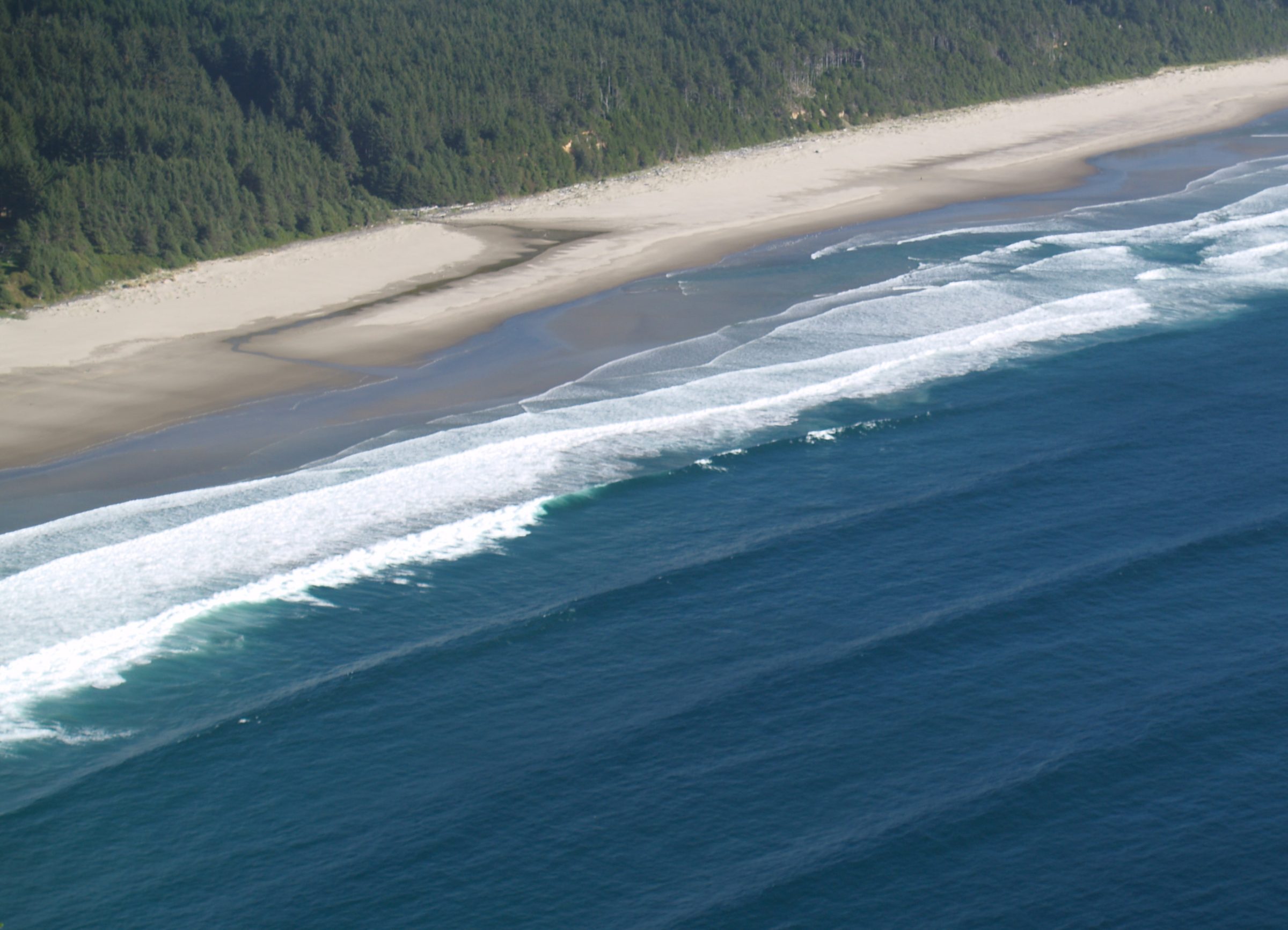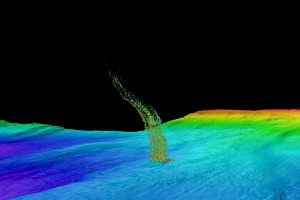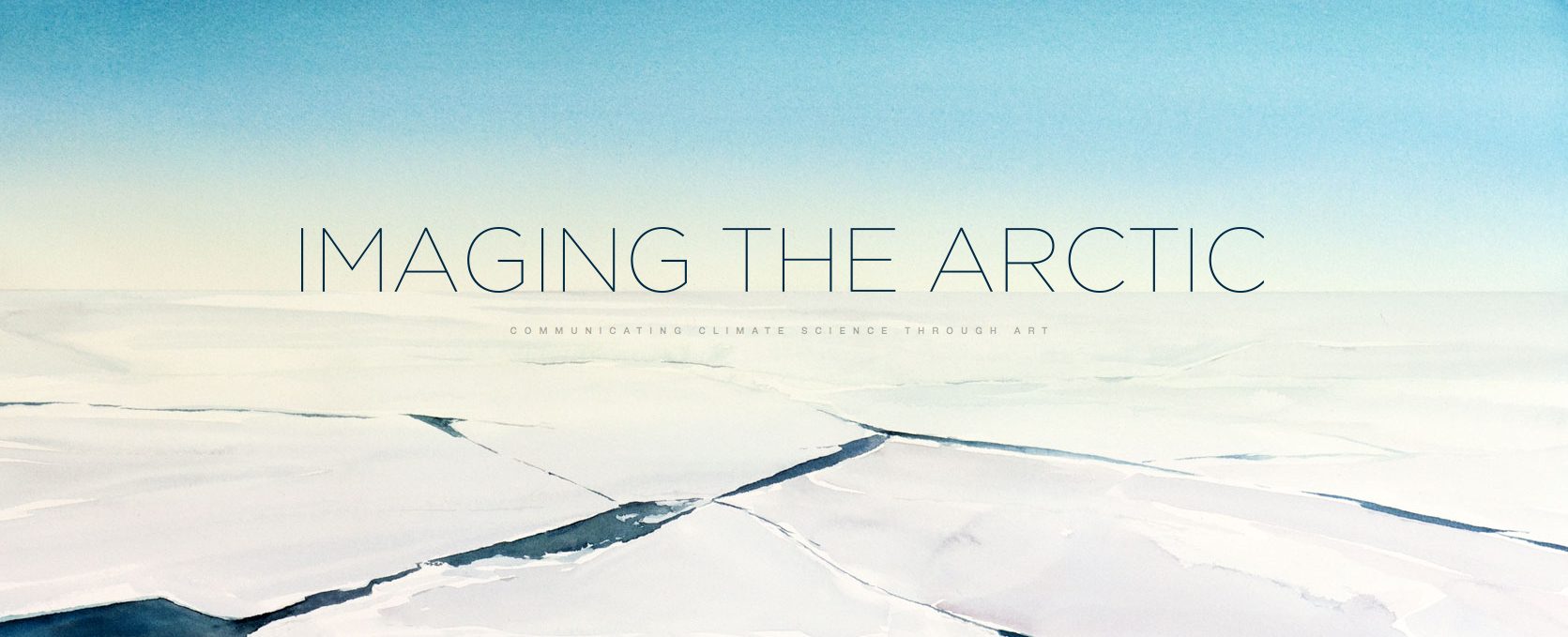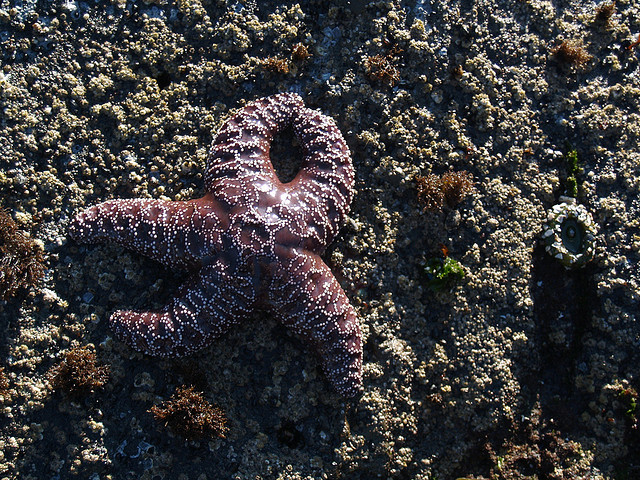Snorkeling crystal clear waters over nurseries of young sharks, starlit kayaking to gather ocean water, collecting and growing coral…not your typical day job. So how did College of the Environment graduate Lauren Brandkamp, who grew up among the wheat fields and horses of eastern Washington, find herself working as a scientist-in-residence on a tiny island in the South Pacific? “I ask myself that question too,” said Brandkamp.
Read more »Dean's Letter: To what end?
As Dean I am often asked to explain the importance of the College of the Environment in simple, accessible language to the public—the proverbial “elevator speech.” In my first year as Dean I often described the size and scope of the College. And, in truth, it’s impressive: the biggest college of the environment in the United States, with $115 million in externally-funded research taking place on all seven continents and in each of the world’s oceans.
Read more »Warmer Pacific Ocean could release millions of tons of seafloor methane
Off the West Coast of the United States, methane gas is trapped in frozen layers below the seafloor. New research from the University of Washington shows that water at intermediate depths is warming enough to cause these carbon deposits to melt, releasing methane into the sediments and surrounding water. Researchers found that water off the coast of Washington is gradually warming at a depth of 500 meters, about a third of a mile down.
Read more at UW Today »Imaging the Arctic
Imaging the Arctic is an interdisciplinary project and exhibition that explores the ecology and culture of West Greenland through the work of University of Washington marine mammal biologist Kristin Laidre, expeditionary artist Maria Coryell-Martin, Finnish photographer Tiina Itkonen, and graphic novelist Owen Curtsinger. The project is oriented around Laidre’s research on the impact of climate change in the Arctic, and sea ice loss on narwhals and polar bears.
Read more on the Imaging the Arctic website »Sea-star wasting culprit is virus
Disintegrating sea stars—a process described as melting, with the arms detaching and crawling away from each other—is being caused by a virus that’s been detected in West Coast waters for more than 70 years. That’s according to new findings published in late November in the Proceedings of the National Academy of Sciences by 24 co-authors including the University of Washington’s Carolyn Friedman, a professor of aquatic and fishery sciences, and Colleen Burge, who earned her bachelor’s and doctorate from UW and is now back as a postdoctoral researcher here after four years of postdoc work at Cornell University.
Read more at UW Today »





